iSimangaliso Wetland Park - Our Splendid World Heritage Site
The iSimangaliso Wetland Park is a remarkable UNESCO World Heritage Site located along the coast of South Africa’s KwaZulu-Natal Province.
Covering an area of 239,566 hectares, iSimangaliso Wetland Park comprises a diverse range of pristine environments, including marine, coastal, wetland, estuarine, and terrestrial habitats. These areas remain scenically beautiful and largely unmodified by human activity.
The park features coral reefs, long sandy beaches, coastal dunes, lake systems, swamps, and extensive reed and papyrus wetlands. These habitats provide critical habitat for a wide variety of species from Africa’s seas, wetlands, and savannahs. The interaction of these environments with major floods and coastal storms has led to ongoing speciation and remarkable species diversity.
Visitors can witness nesting turtles, large aggregations of flamingos, and other waterfowl.
The park’s geographic diversity along its 220 km coast offers superlative scenic vistas, from the clear waters of the Indian Ocean to forests, wetlands, grasslands, lakes, and savannahs.
The Lake St Lucia is about 80 kms long and 23 kms at its widest point and is one of the largest international estuaries, with five separate ecosystems. It is home to more than 800 hippopotami, 1,200 Nile crocodiles and over one hundred fish eagles. Elephants and Rhinoceros are often found in the plains and forested areas around the lake.
Large numbers of nesting turtles on the beaches are a captivating sight. Dolphins, migrating whales, whale sharks, and numerous waterfowl species contribute to the vibrant natural landscape.
The iSimangaliso Wetland Park stands as a testament to South Africa’s rich biodiversity, unique ecosystems, and natural beauty. Its designation as a World Heritage Site recognizes its exceptional universal heritage significance
Things to do in St Lucia

Eastern Shores to Cape Vidal
Where else in the world can you do a game drive seeing hippo, rhino, elephants and the elusive leopard as well as heards of antelope, buffalo and zebra only to find dolphins early and humpback whales breaching from one of the most beautiful unspoiled beaches around.
Cape Vidal is 35km from the town of St Lucia. It has access to the eastern shores of Lake St Lucia, where there is a variety of game including reedbuck, other antelope, hippos, crocodiles, buffalo, elephant and rhino as well as a prolific collection of birds and the wonderful Indian Ocean shoreline with its startling array of marine animals.
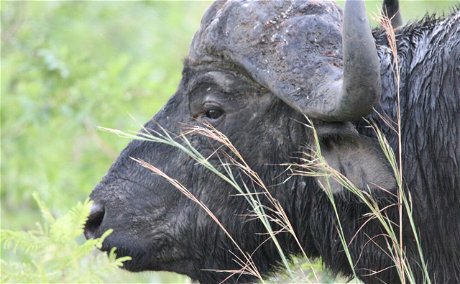
Western Shores
Much of the Western Shores was formerly forestry plantation, severely degrading the eco-system. Over the past decade, iSimangaliso has removed thousands of hectares of alien trees and rehabilitated the natural landscape. This has enabled the reintroduction of historically occurring game including elephant, serval, tsessebe, giraffe, nyala, white and black rhino, buffalo, zebra, red and grey duiker and a plethora of bird life, particularly waterfowl.
The area is appreciated for its Estuary and drier palmveld, rich with raptors. Receiving only half of the rainfall of its eastern neighbour, the Western Shores offers a completely different experience within a short travelling distance. Highlights include Carters Creek and the Areal Boardwalk.
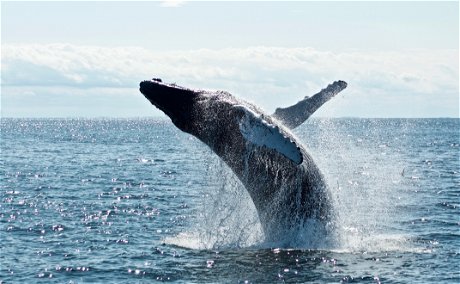
Whale Watching
May to November. Whale sightings are guaranteed. The whales pass St. Lucia on a migration route between the Antarctic and Northern Mozambique and Madagascar, where they breed. The majority of sightings are of Humpbacks, which tend to be more spectacular than the Southern Rights. South Africa is the fifth largest whale watching country in the world.
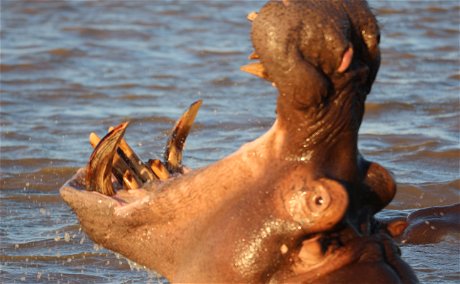
Hippo & Croc Cruise
There are several size options for the Hippo and Croc Tours, leaving at different times of the day. These tours are the best way to get up close to these animals. All the trips are guided by passionate skippers who do their best to give visitors insights into the area as well as naming the birds and the fauna encountered on the tour.

Turtle Egg Laying
Leatherback
A giant sea turtle that can weigh over 800 kgs. Females will lay approximately 1,000 eggs in a season. This is done by laying a batch of 120 eggs every 9 to 15 days. They return to the coast every 1 to 5 years.
Loggerhead
This is a smaller Sea Turtle weighing up to 138 kg. Females emerge at night in late Spring to lay about 500 eggs in batches of 100 at 15 day intervals. Most return to nest after 2 to 3 years.
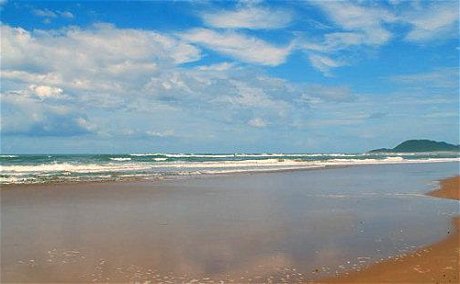
Prestine Beachs
St. Lucia has long, pristine golden beaches, lapped by the warm waters of the Agulhas current, moving slowly south from Mozambique. Between the beaches and Lake St. Lucia are some of the world's highest vegetated dunes as well as swamp and sand forest plus some of the oldest peat lands in the world, some over 45,000 years old!

Horse Trails
For those who have never ridden before and even for "old hands" there is little more romantic than a ride along the beautiful white sand beside rolling waves. On lucky days dolphins ride the waves along side as you head up the beach. In Summer one can see the tracks of turtles who came in the previous night to nest and July to November migrating whales pass on their way to Madagascar.
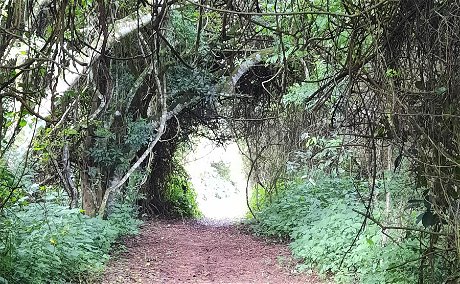
Hiking through the Dune Forest
There are many unique trails lasting from a half an hour to three hours in and around the village of St. Lucia. One of these trails winds through dune forest ending overlooking the ocean, birdlife and antelope are plentiful on these walks. Another interesting walk starts at Mission Rocks Beach, walking northworth on the beach, along uninhabited coastline for about an hour before one get to a cave with fruit bats. It is recommended that this walk be undertaken during low tide.





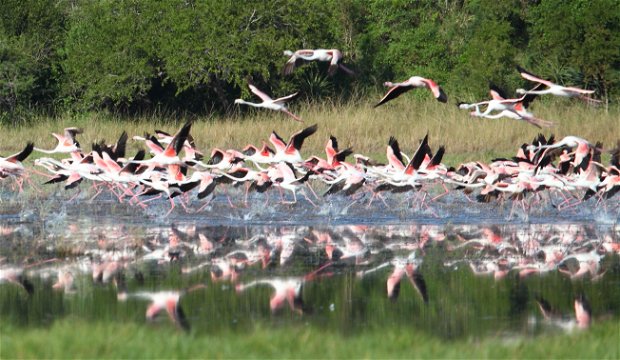

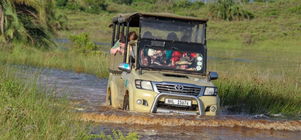
Share This Page